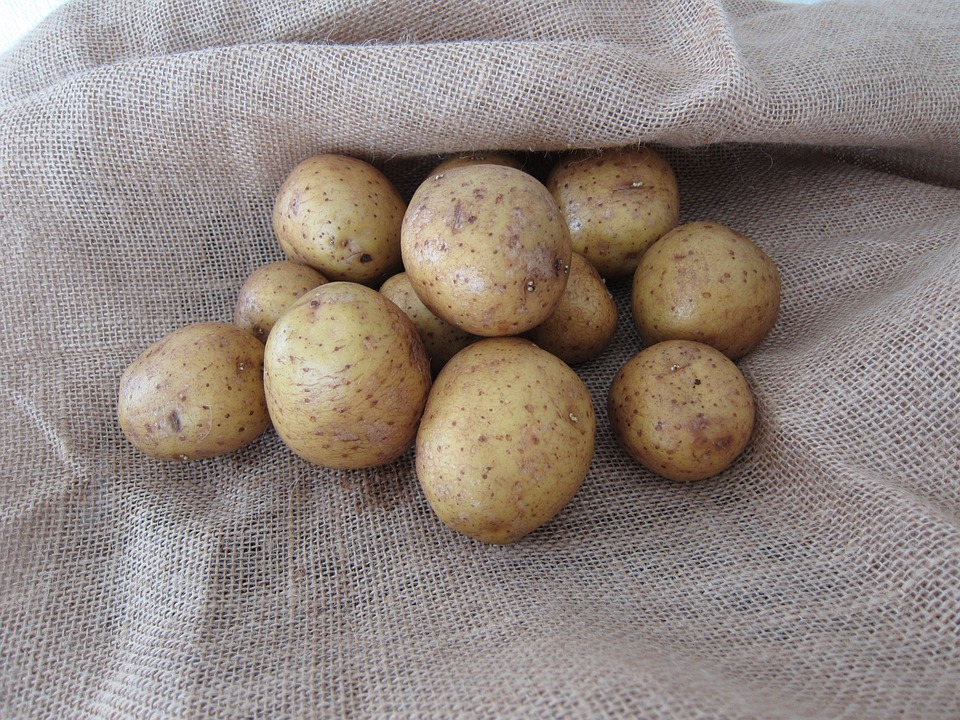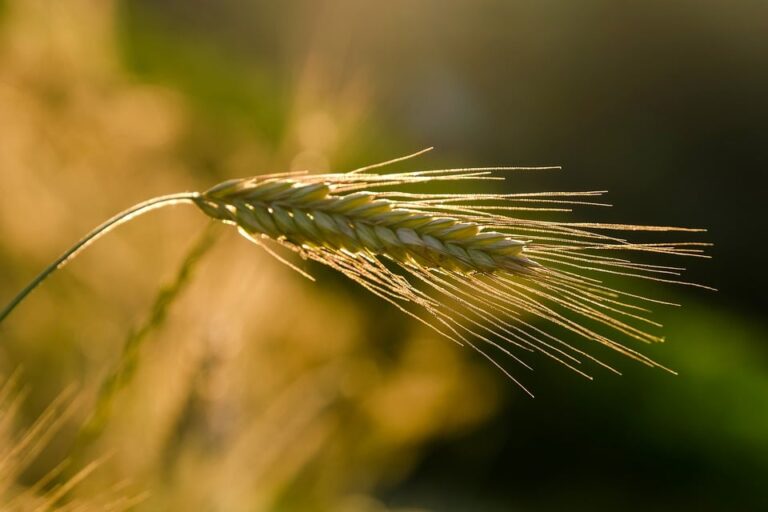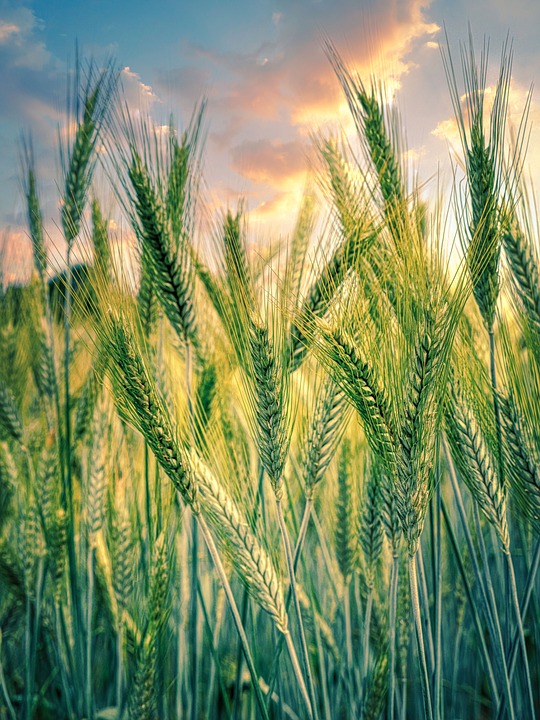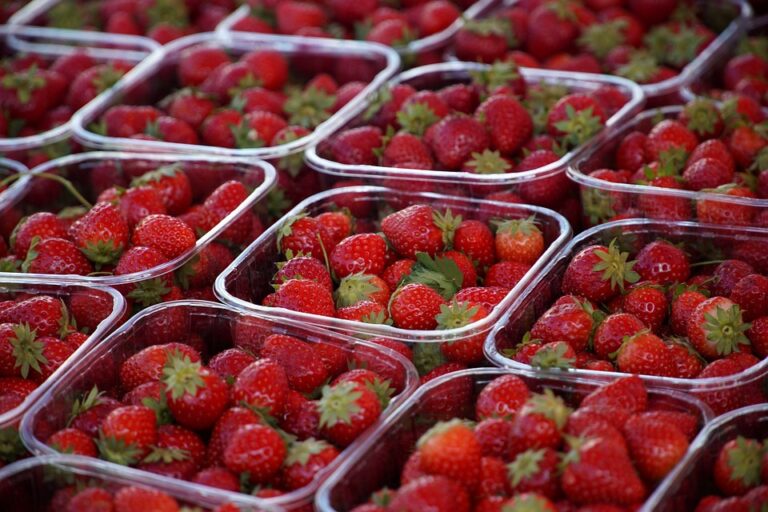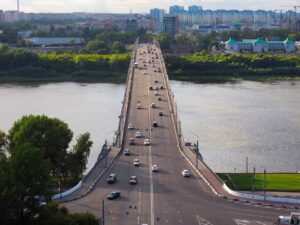Introduction
Self-sufficiency has been a way of life in Russian villages for centuries. With a long history of agricultural practices and resourceful living, Russian villages provide an inspiring example of sustainable living that could be beneficial for communities worldwide. In this article, we will explore the concept of self-sufficiency in Russian villages, the practices they employ, and how they can serve as a model for sustainable living on a global scale.
History of Self-Sufficiency in Russian Villages
Russian villages have a rich history of self-sufficiency that dates back to the time of the ancient Slavs. In traditional Russian villages, families would grow their own food, raise livestock, and produce goods such as clothing and household items. This self-sufficiency was a necessity in the harsh climate and remote locations of many Russian villages. Over time, these practices became deeply ingrained in the culture and way of life of the villagers.
Agricultural Practices
Agriculture has always been the backbone of self-sufficiency in Russian villages. Villagers would cultivate a variety of crops that could withstand the cold climate and provide sustenance throughout the year. Potatoes, cabbage, carrots, and beets were common staples in the Russian diet. In addition to crops, villagers would also keep livestock such as cows, pigs, and chickens for milk, eggs, and meat.
Traditional Crafts and Skills
In addition to agriculture, Russian villagers would engage in various traditional crafts and skills to meet their needs. Women would often spin wool and weave fabrics to make clothing, while men would build tools and furniture out of wood. These handmade goods not only provided for the villagers’ needs but also connected them to their cultural heritage and traditions.
Modern Applications of Self-Sufficiency in Russian Villages
While many aspects of traditional self-sufficiency are still practiced in Russian villages today, modern innovations and technologies have also been incorporated. Villagers now have access to solar panels, wind turbines, and other renewable energy sources to power their homes and farms. Greenhouses and hydroponic systems have been implemented to extend the growing season and maximize crop yields. Additionally, some villages have adopted permaculture principles to create sustainable food systems that work in harmony with the environment.
Community Cooperation
One key aspect of self-sufficiency in Russian villages is community cooperation. Villagers work together to share resources, labor, and knowledge. This collective effort not only strengthens the community but also ensures that everyone has access to the essentials for survival. Whether it’s helping to harvest crops, repair a neighbor’s house, or care for livestock, everyone plays a role in maintaining the self-sufficiency of the village.
Education and Sustainability
Education plays a crucial role in maintaining self-sufficiency in Russian villages. Schools often teach children about agriculture, traditional crafts, and sustainable living practices. By instilling these values at a young age, future generations are equipped with the knowledge and skills to continue the legacy of self-sufficiency in their communities. Sustainability is also a key focus, with villagers learning about conservation, waste reduction, and renewable energy to ensure that their way of life remains viable for the long term.
Benefits of Self-Sufficiency in Russian Villages
The self-sufficient way of life in Russian villages offers numerous benefits that extend beyond the individual level. By growing their own food and producing their own goods, villagers reduce their dependence on outside sources and decrease their ecological footprint. This independence also fosters a sense of pride, autonomy, and resilience within the community. In times of economic hardship or crisis, Russian villages are better equipped to weather the storm due to their self-sufficiency.
Global Implications
The example of self-sufficiency in Russian villages has global implications for sustainable living. In a world facing environmental degradation, climate change, and resource depletion, the self-sufficient practices of Russian villagers offer a viable alternative. By embracing self-sufficiency, communities worldwide can reduce their impact on the planet, increase their resilience to external shocks, and foster a sense of community and cooperation.
Conclusion
Self-sufficiency in Russian villages serves as a shining example of sustainable living that can benefit communities worldwide. Through agricultural practices, traditional crafts, modern innovations, community cooperation, and education, Russian villagers have created a way of life that is both environmentally friendly and socially fulfilling. By learning from their experience and adapting their practices to local contexts, communities everywhere can work towards a more sustainable future for generations to come.
